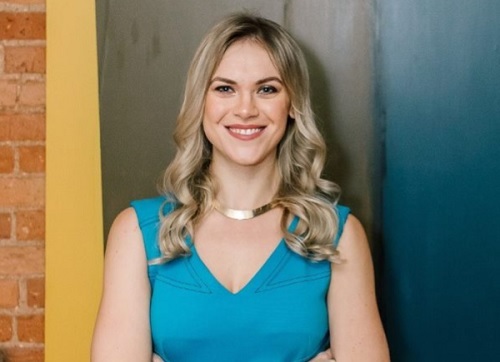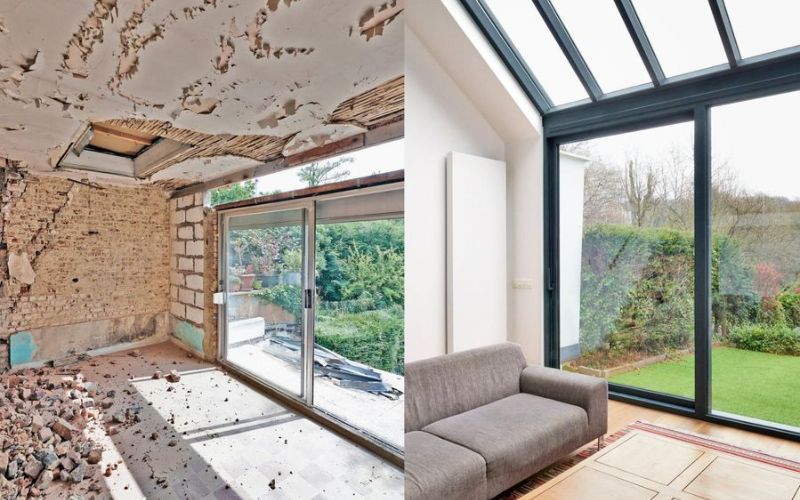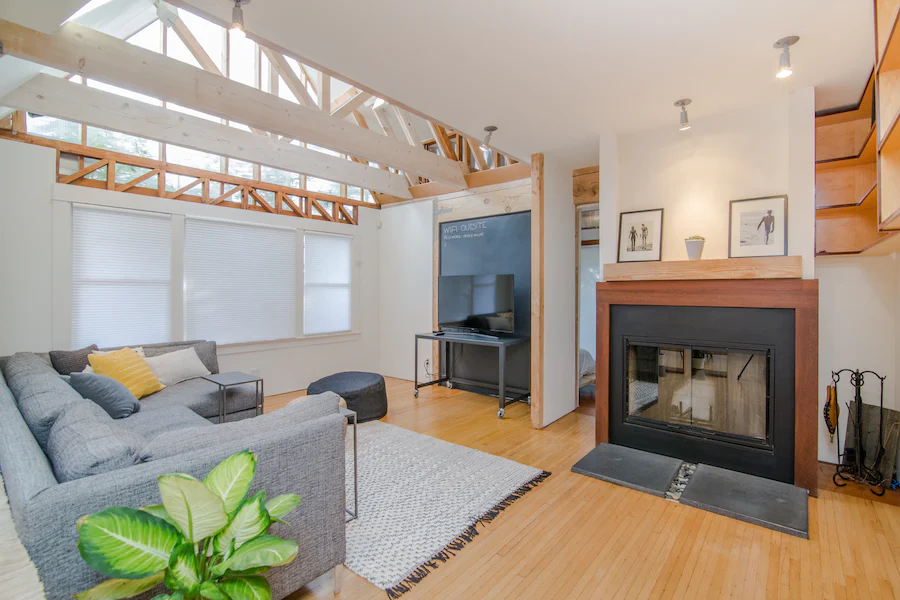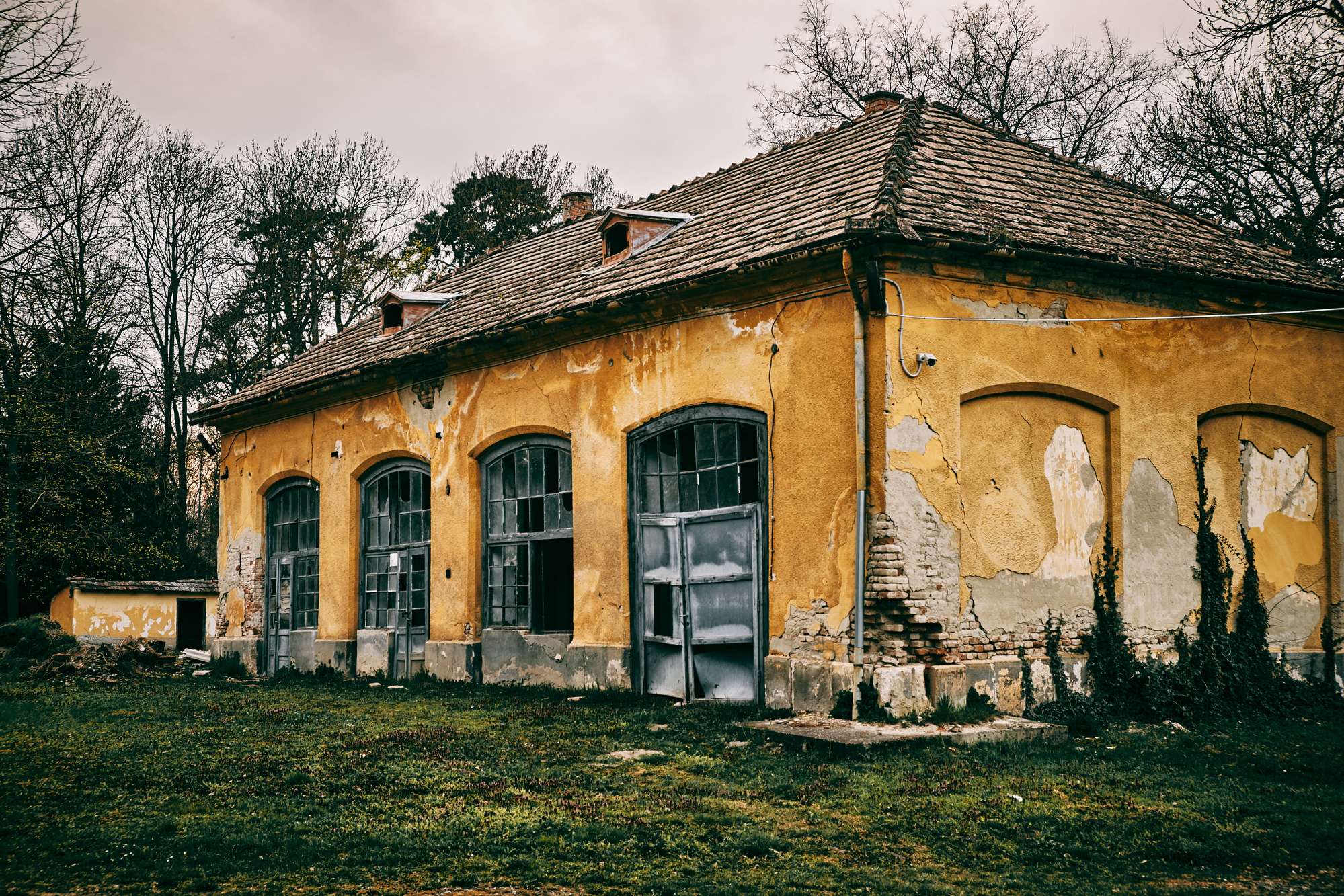by Sarah Eder and Sarah Larbi
At some point, we all run out of money, putting the achievement of our real estate goals at risk. If you’re a long-term buy-and-hold investor like us, you are undoubtedly benefiting from your investments, but you may not have the cash on hand that allows for the kind of quick moves needed to accelerate the growth of your real estate business. Flipping can allow you to earn some quick cash, which you can then deploy to purchase more long-term buy-and-hold properties.
But doing so can be complicated. It requires an entire mindset shift, as well as learning a lot of new skills, such as door-knocking, schmoozing with strangers and getting creative when looking for private deals. Finding a good flip is much more difficult than choosing a buy-and-hold rental.
Good deals are limited, competitive and bring with them specific tax and insurance issues not typically associated with buy-and-hold plays. Flipping is a far more daunting process than your favourite real estate show makes it seem. Here are 10 tips for starting a flip project that we hope will make the process simpler and more profitable for you.
1. Understand external market factors
Your local market might shift at any time in the flipping process. You have no control over this variable. If the mortgage lending rules change, new government regulations are implemented or new tariffs slow down the economy, you can lose part or all of your profits if you can’t sell at your projected after-repair value. Some research into what might be ahead in the next six to 12 months could help you avoid any unpleasant surprises.
2. Have multiple exit strategies
Buy something where you have more than one way out, such as refinancing or renting and holding. Position your flip so that if worse comes to worst, you can avoid selling your property at a loss.
3. Look at comps
It’s imperative to run comparables to know what the after-repair value of your property is going to be. A cheap house means nothing if there is no profit left once you add the reno costs.
4. Get early quotes
Get quotes for all the work needed so you can run your profit numbers ahead of time. Then add 10% to 20% on top of the costs and timeline quoted as a buffer.
5. Crunch the numbers, then do it again
Run the math over and over and over. Your purchase price can make or break your profits, so negotiate and buy at the right price. The saying “you make your money on the buy” is true.
6. Build a team
Have a great team of professionals in place: Realtors, tax accountants, contractors and inspectors. It’s critical to have trustworthy people on your side. For us, it was important to work with tradespeople who respect women and millennials, as some of them will assume we don’t know what we’re doing, quote higher on jobs and still have an old-school mentality. When we came in contact with people unwilling to accept our ideas, we were quick to stand our ground or dismiss them.
7. Expand your network
You need to have a large network of reliable professionals available, such as backup contractors, who can step up and get the job done if necessary. We ran into some issues with our contractor losing some team members. We had to scramble to get backup help, which put us four weeks behind and cost us an extra month of holding costs.
8. Stay in the loop
Put together micro task lists for your contractors. You might not understand everything, but having weekly task lists ensures that you can keep yourself and everyone else accountable and on time. Maintaining these lists will help you gauge whether the project is falling behind or is staying on track. As millennial women who haven’t done too many flips yet, this was very helpful for us, as it let us know where the project needed to be each week.
9. Talk taxes
Be smart and talk to a tax accountant before buying a property to flip. Depending on your financial situation, it may be beneficial to incorporate your properties or use other strategies to avoid losing profit or paying higher, ROI-crushing taxes.
10. Consider private funds
Start looking for private money before you need it. There’s a lot of money out there sitting in RRSPs and TFSAs, and most people are making a measly return from them. Offering 8% to 10% on their money can be a win-win for everyone if you can use those funds.
Going from buy-and-hold investors to flippers has been an enormous eye-opener for us. We’ve experienced both the good and the bad, but we know that to get to our goal of early retirement and living the life we want while we’re still young and able, buy-and-hold on its own doesn’t match our aggressive timelines.
Sarah E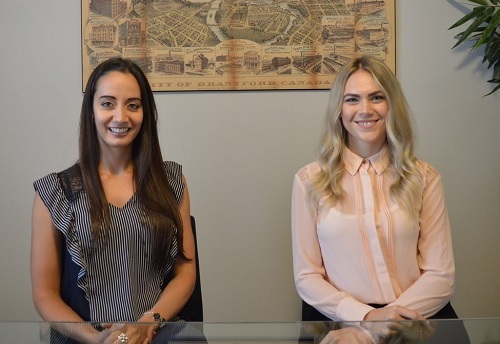 der and Sarah Larbi are designing the lives they want by combining their professional experience with a passion for leveraging real estate as an investment and retirement vehicle. After developing individual rental portfolios, they teamed up to flip properties to accelerate their retirement goals. Find out more at yourmillenniallifestyle.com.
der and Sarah Larbi are designing the lives they want by combining their professional experience with a passion for leveraging real estate as an investment and retirement vehicle. After developing individual rental portfolios, they teamed up to flip properties to accelerate their retirement goals. Find out more at yourmillenniallifestyle.com.


